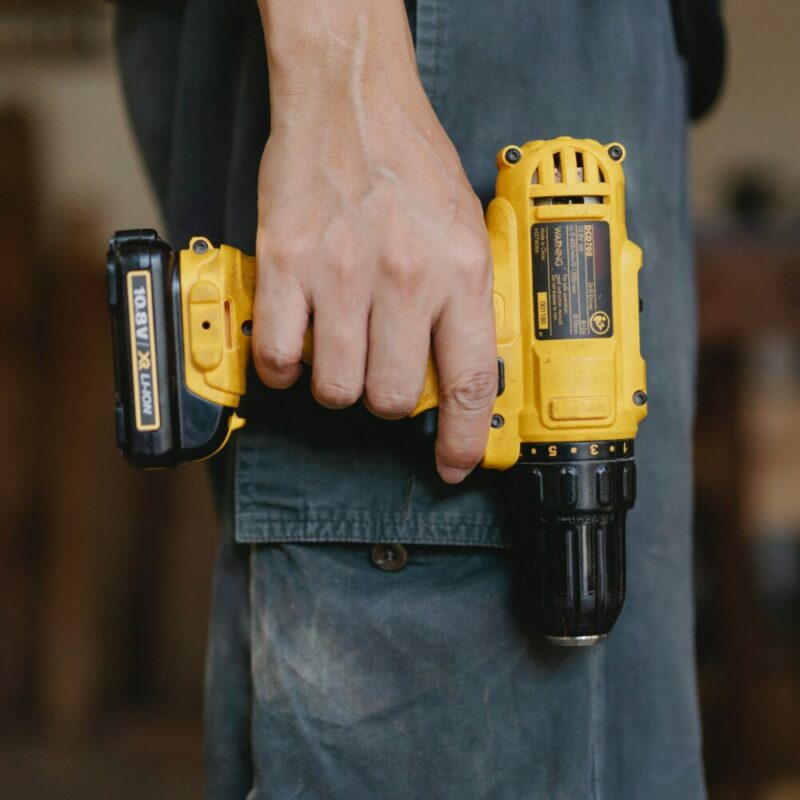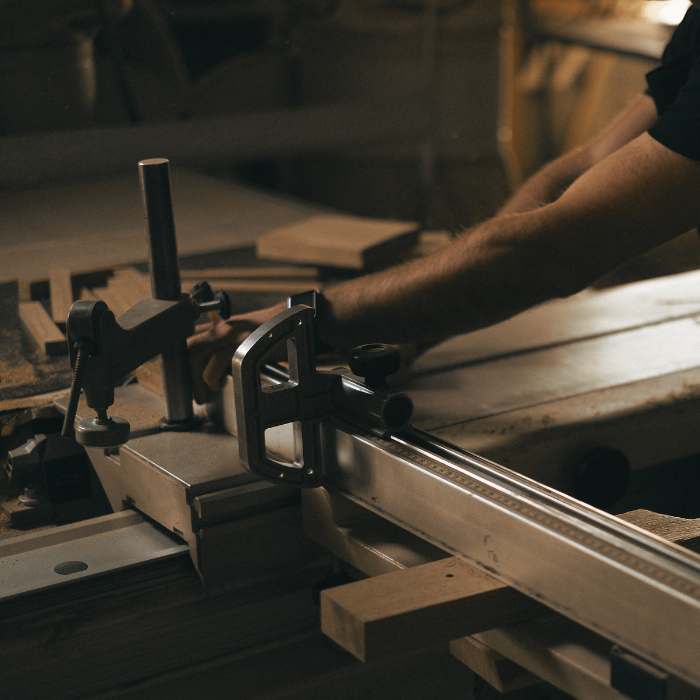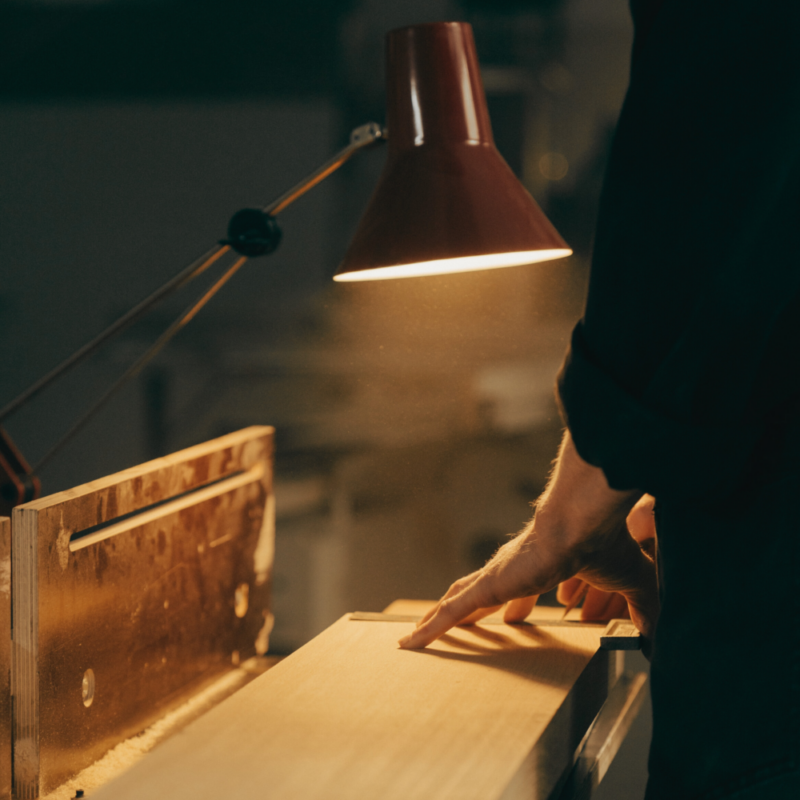Tips
From Spark to Roar: How to Light a Fire in a Stove or Fireplace
Table of Contents
Laying a real fire or setting up your wood-burning stove isn’t as easy as you expect it to be. However, if you follow our advice and with some forward planning, we will have you and your log burner or open fire sorted in no time.
If we look at the origins of fire, we must agree with historians that fire is one of the most influential forces on Earth. The use of fire has long been considered a defining indicator of intelligence that separates us from the animal kingdom. The exact timing of fire discovery and use has been a subject of continuing research.
Fire requires three main components. First, there must be fuel to burn. Then oxygen must be available, and combustion is essentially to give off heat and light. Finally, there must be a heat to act as an ignition source that enables a fire to start. There must be plant life on land that provides a fuel source, but vegetation won’t set light until oxygen levels in the atmosphere have reached around between 15 – 21%. You won’t have a fire if you don’t have enough oxygen or cut off the oxygen supply.
The primary source of ignition was lightning way before humans existed. We know there were also periods in our history when atmospheric oxygen levels were higher than they are today. During these times, fires would have been frequent and hotter. One of these high-fire stages occurred when dinosaurs walked on Earth. New research suggests that many trees, such as some pines or eucalypts, have adapted well to a burnt landscape or need fire to reproduce.
You might be wondering why we need to know this stuff. The answer is that having an open fire or powering up the wood burner might seem like a routine exercise, but fire is ancient and should be treated with respect.
Photo by Matt Seymour on Unsplash
How to Light a Fire in a Wood-Burning Stove
If you’re lighting your wood burner for the first time, don’t worry. We will cover the steps to get your stove fire going. We list the materials you need and how to do it safely and efficiently. We’ll give you some tips for maintaining and keeping your fire going so you can enjoy the benefits of your wood-burning stove all winter.
Firstly, keep in mind that your stove might have unique requirements, so check the manufacturer’s instruction handbook before you get started.
1. Gather the correct materials
To light your wood-burning stove, you need the following items:
Kindling – Kindling is a readily combustible material for starting your fire, including any small pieces of dry wood, twigs, or untreated wooden offcuts – anything that ignites easily can work as kindling.
Logs – to lay a fire, you will need larger logs. Choose kiln-dried, well-seasoned wood or a mixture with less than 20% moisture content. Read about log choices here.
Long matches or fire igniters – you’ll need these to light the fire. Choose the longer matches for safety.
Newspaper – while it’s not always necessary, paper can help test the draw before you light a fire and act as an igniter if you don’t want to use firelighters.
Firelighters – manufactured as a practical option for getting your fire going. Firelighters contain kerosene and a binder, typically a urea/formaldehyde resin, water, and an accelerant emulsifier; some use a colouring material, but most are white.
2. Open the damper
With all the materials gathered, ensure your wood burner is ready to light. Do this by ensuring the damper is open. Your damper is a metal plate fitted on a spindle inside your stove flue system, which can be rotated by a small handle outside the pipe to reduce the adverse effects of a strong updraught and moderate the fire’s pull or draw.
The damper is typically located on the top or front of your stove; It’s a lever or valve that you can easily open. Check your manufacturer’s handbook if you’re unsure of the location. The damper moderates the flow of air into the stove, ensuring it’s wide open when you lay your fire is essential. The damper provides enough oxygen to light the fire and then keep it burning.
Keep the damper open while you start your fire. Once the fire is established, you should adjust the damper to control airflow and heat output. Opening the damper will increase the heat output. On the other hand, if you want to subdue the fire and reduce the heat output, close the damper, and this will control the intensity of the fire.
Some stoves have a second damper. The second damper is typically located in the flue or the pipe that goes up the chimney. If your log burner has two, it’s essential to open both when lighting your fire. The information about the damper will be in the handbook.
3. Put some kindling in the centre of the stove
You should place some kindling on the top of the ash pan in the wood-burning stove. Look for the part where the ash that falls from the fire is collected on the base of the furnace. Putting the kindling on top of the ash pan ensures correct airflow, allowing the kindling to catch fire easily.
When assembling the kindling, make a loose pile with enough space for air to circulate easily. Use small pieces of kindling that are dry and easy to light. You can build your fire by adding small pieces of dry wood (not logs at this point) once the kindling is burning completely alight.
4. Add small wood pieces around the kindling
Once your kindling is burning, arrange small pieces of dry wood around it in an A or tepee shape, creating a structure that allows easy airflow through the centre to the kindling. It’s important to place the dry wood close to the kindling so it catches fire, but not so close that the small wood pieces smother the fire.
5. Add your logs to your fire
Finally, add some large logs to your fire, but leave enough space between them for the all-important air circulation. Take your time – you can add more logs to the fire once everything is burning well. Adding a mix of larger logs to your fire provides a more sustained heat output.
Close your stove and enjoy your fire. Final tip – Stagger the logs when you place them in the wood burner. Staggering will ensure that the fire has an equal chance of reaching all of the logs and stays burning for as long as possible.
All that’s left to do is sit back and enjoy your wood-burning stove.
Photo by Sidekix Media on Unsplash
How to Light a Fire in an Open Fire
If you have an open fireplace and want to light a fire – here are our ’how to light an open fire’ instructions to enjoy one of the best things about winter.
The firefighting experts in the scouts or cubs often talk about top-down and bottom-up fire lighting, but really, it makes no difference. You can start from the top or from the bottom. Both offer similar results. We prefer to build top-down as this method produces less soot and offers a better air supply; this, in our opinion, makes the logs last longer.
Whichever way you choose to light the fire, you will need:
- Some seasoned logs of wood.
- Pieces of kindling sticks or twigs.
- Newspaper scrunched into balls.
- Firelighters and matches.
Once you have gathered all the fire-lighting items you need, you can start lighting your fire.
Place two or three logs of wood horizontally at the bottom of the fireplace, leaving some gaps between them for air circulation.
- Lay some pieces of kindling sticks or twigs across the logs perpendicular to them.
- Put some newspaper balls and firelighters on top of the kindling, making sure they are well distributed.
- Light the newspaper and firelighters with a match and watch the fire spread downwards to the logs.
If you’re going bottom up, here are the instructions…
- Place some kindling and a couple of firelighters in a criss-cross pattern at the bottom of the fire basket, leaving gaps between them for air circulation.
- Put some newspaper balls and firelighters on top of the kindling, making sure they are well distributed.
- Add a couple of wooden sticks (larger than kindling but smaller than logs) on top of the kindling, firelighter and newspaper base.
- Light with a match and watch the fire spread upwards to the logs.
- Enjoy the warmth and cosiness of your open fire.
If you want to read more, we have written about the additional ways to lay a fire in the blog titled – The Ultimate Guide to Keep a Fire Burning in your Fireplace or Stove. If you’re inspired by these posts, check out the blog titled – Log Storage: Building a Log Store for Efficient Log Storage; both make a good read.
 PLANT A TREE WITH EVERY PURCHASE!
PLANT A TREE WITH EVERY PURCHASE! 








